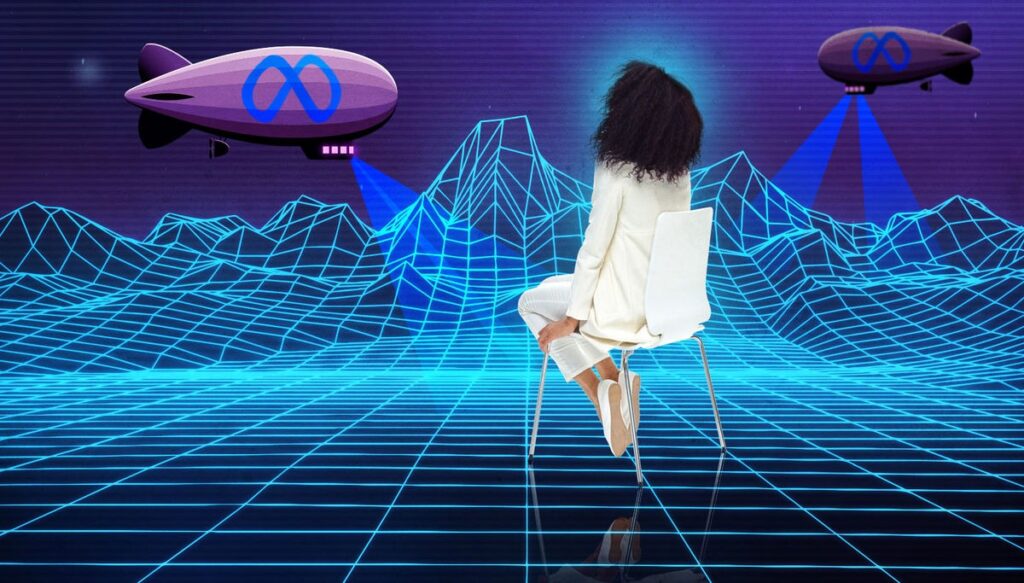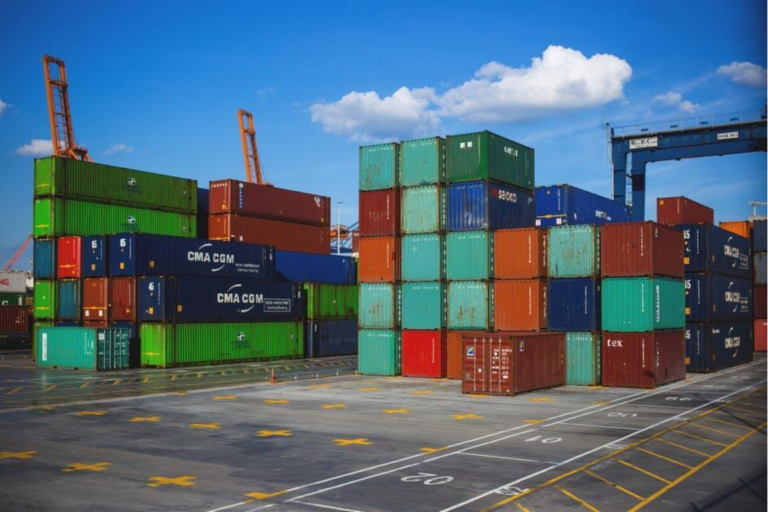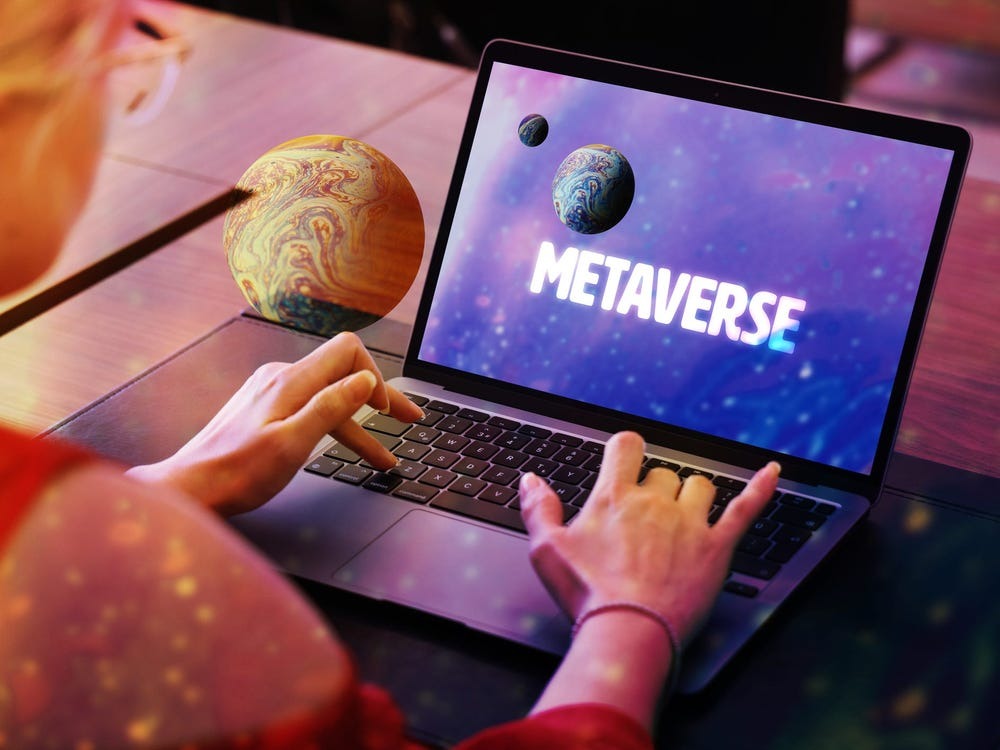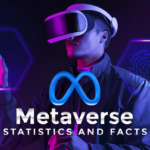The thing about the world of technology is that buzzwords come and go. The latest fascination in the industry is the Metaverse.
A lot of people are still attempting to grasp exactly what a Metaverse is, while big tech conglomerates are bidding on a promising future with it.
It all started back in October of 2021, when Mark Zuckerberg decided to rename Facebook, based on all the controversy it had been through.
His rebranding was a shift in focus to the next digital frontier.
It is clear at this point, that there are a lot of technological companies that are trying to build a more immersive Internet.
However, what does this look like exactly, how many people use the Metaverse, and what does that mean to everybody?
Post Contents
Metaverse Users: How Many People are in the Metaverse in 2024?
According to stats, there are currently 400 million monthly active users in the Metaverse.
However, this is a big number, and it could be incorporating Facebook as well.
Conceptually the Metaverse has been seen as a new generation of Internet, offering a way for us to integrate our physical lives with our virtual lives, creating immersive experiences in real time.
However, because it doesn’t refer to any specific technology, people find it difficult to understand and visualize the potential of this technology.
The Metaverse is going to be a combination of augmented reality, and virtual reality, which is going to be created as an abstracted layer above the physical world.
What are the Architectural Tenets of the Metaverse?
Jon Radoff, who is a game designer and an entrepreneur, has provided a relatively straightforward explanation when it comes to the architectural layers and components of the Metaverse.
There are seven layers to the Metaverse according to John, including discovery, experience, spatial computing, creator economy, human interface, decentralization, and infrastructure.
All of these layers are going to come together to create an end-to-end value chain within the Metaverse.
Experience is going to dematerialize the physical space to allow for a graphical space, as well as social immersion, where content is created not just by people, but from feeds and interactions.
Discovery is the mechanism that allows people to find new sources of information.
The creative economy includes all the technologies that creators are going to use to create experiences, spatial computing involves 3D spaces, and integrates data feeds from devices.
Decentralization relies on technology like blockchain, to allow for a value to be exchanged between entities.
Human interface combines computer and human to become an integrated interface to navigate the Metaverse.
Infrastructure is allowing for the foundational technology powered by wearable devices, the cloud, and 5G.
The majority of these components in this architecture exist today, but some are still in baby phases, which means that certain elements of the Metaverse might come to life sooner than we expected.
Content Creators Fuel the Experience of the Metaverse

The Metaverse is going to be fueled by content creators that are going to construct virtual environments like casinos, concert venues, sports arenas, theme parks, and more using content and digital assets.
Social media has changed the paradigm of content creation, as more and more people have been able to become creators with short form content.
Without creators, the Metaverse is going to be nothing but a tech enabled platform.
Creators in the Metaverse are going to own their audiences which is going to allow them to monetize their content through NFTs.
This content isn’t going to be two dimensional any longer, but interactive and immersive.
The Metaverse is going to cater to broad audiences but it will also be filled with unique and niche worlds, which are going to create a personalized experience.
Gaming is the Foundation
Gaming still seems to be the foundation of the Metaverse right now, with incredibly popular games like Fortnite being leading examples of a future Metaverse world.
Metaverse is the Future – or is it?
As everyone seems to be rushing to create the next generation of the Internet, we imagine that it looks like having a more decentralized architecture, which gives control back to users.
While the current concepts and applications of the Metaverse are in the early stages, the next decade is projected to be the golden area when it comes to development of the Metaverse.
There is no knowing exactly how it’s going to end up, what it’s eventually going to look like, but it definitely seems to be headed in a certain direction, and it is obvious that there are tons of companies out there that are trying to capitalize on the next movement.
Now that you know all about the Metaverse user count, you can get a little bit more context around what the Metaverse is in general, and what it means for the future of the Internet.






























